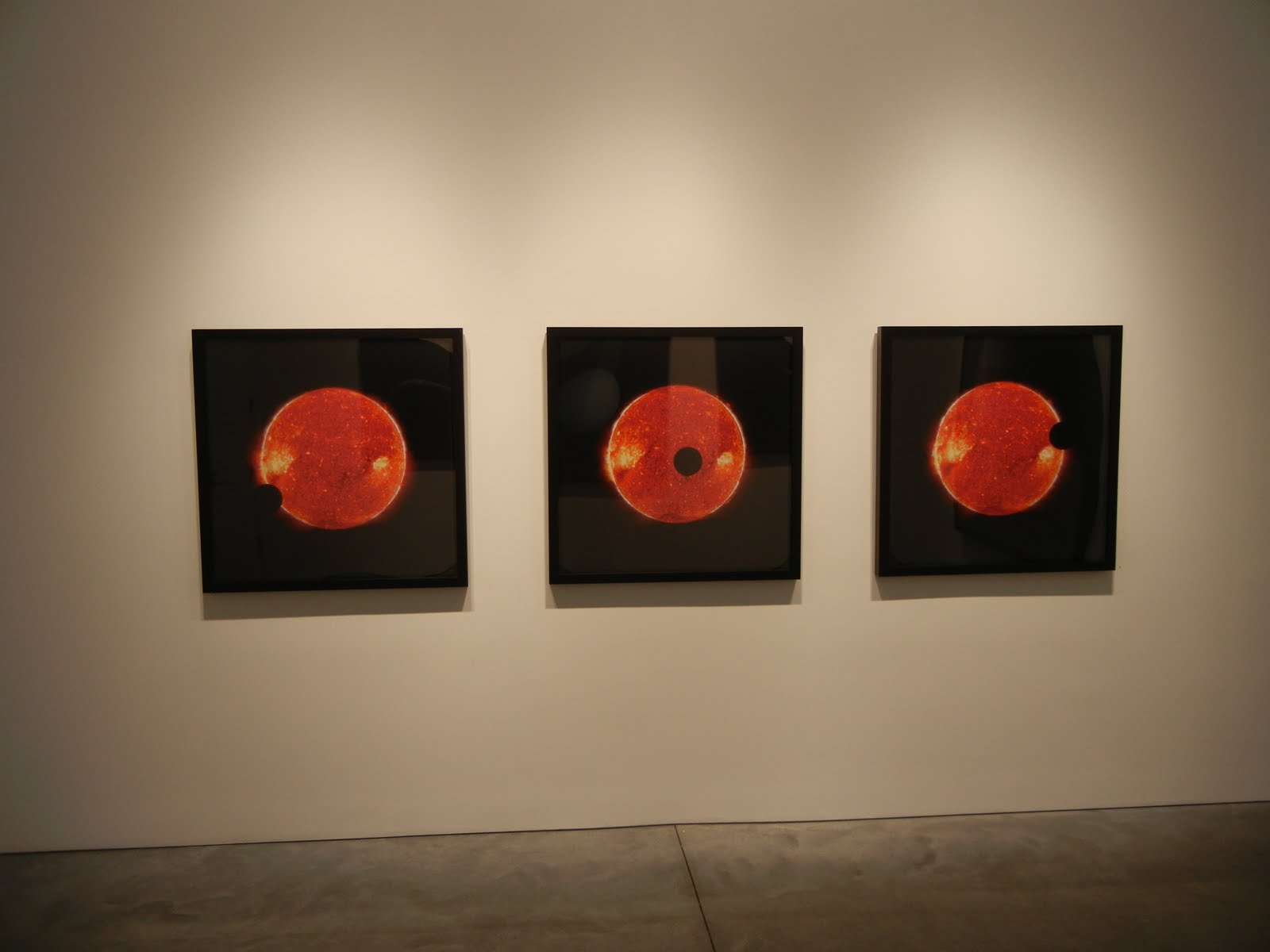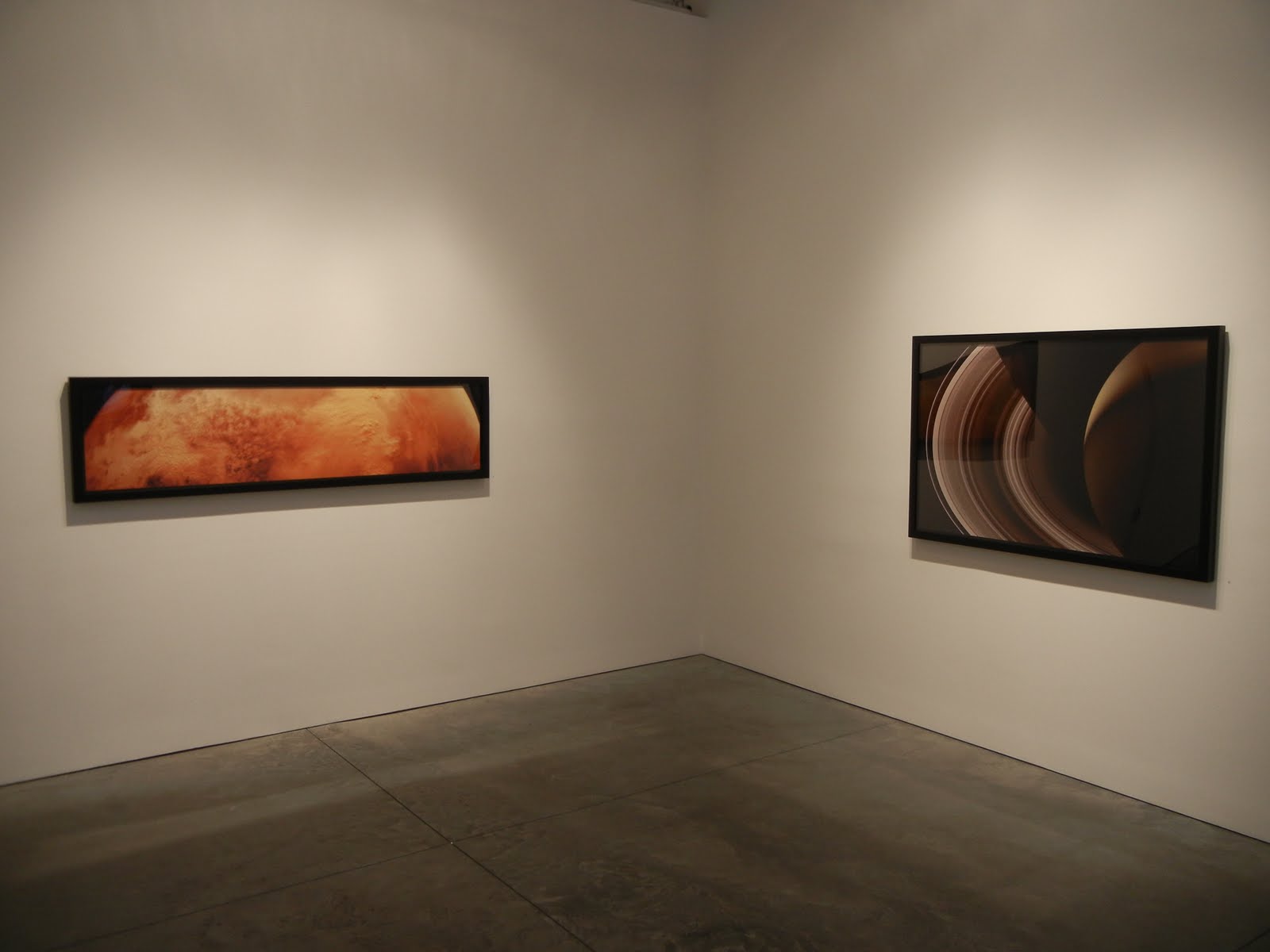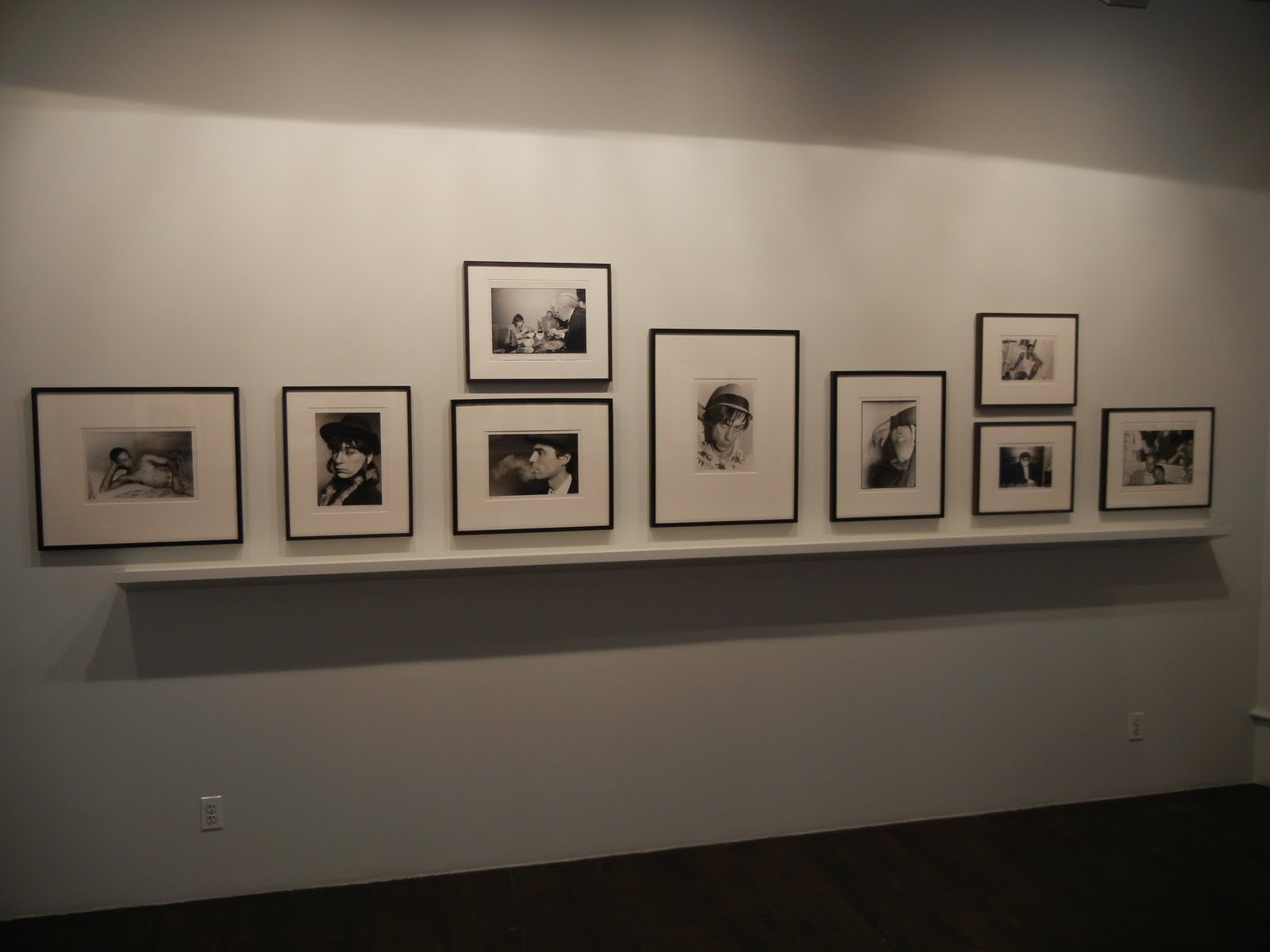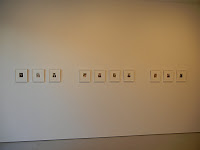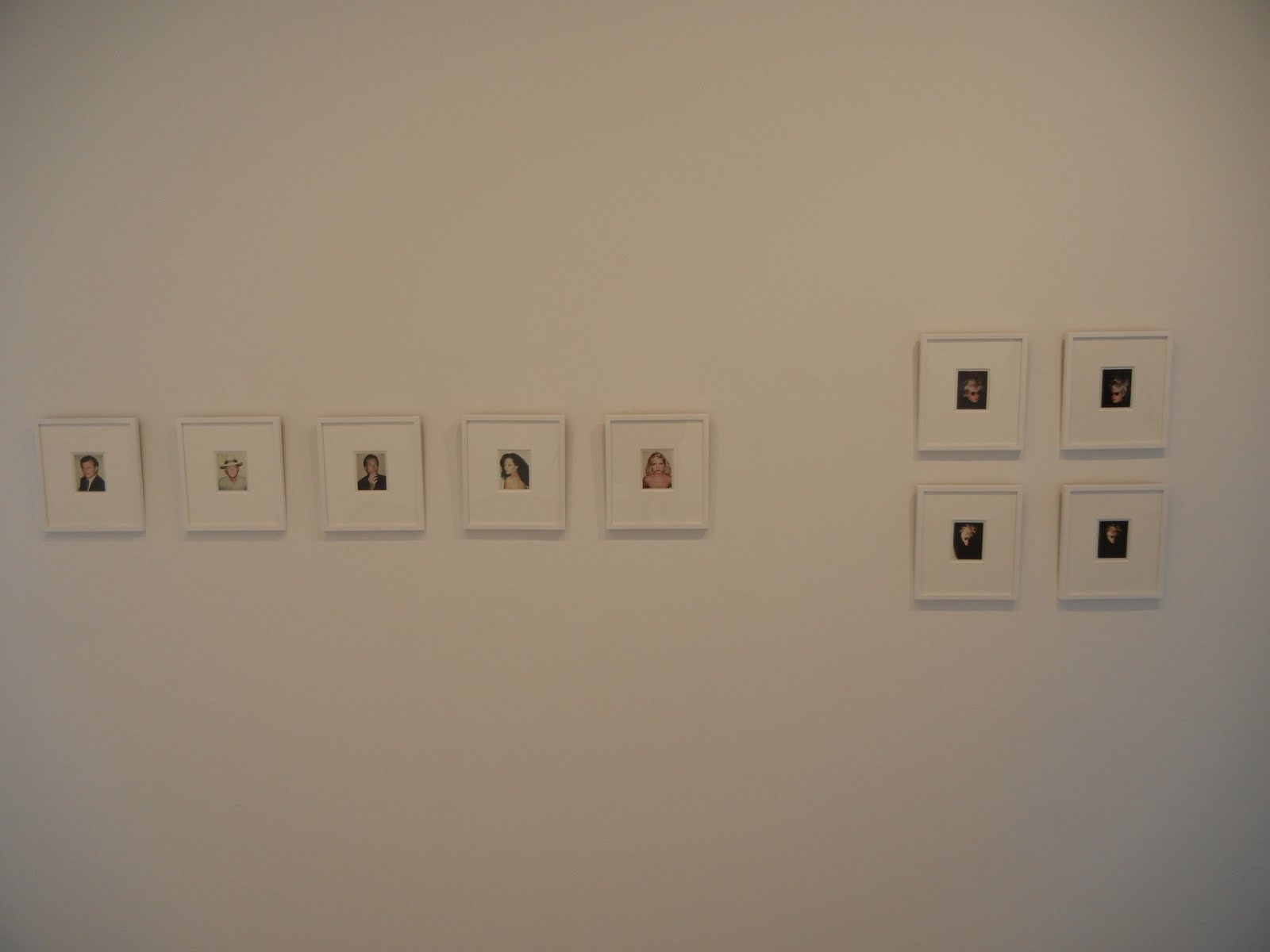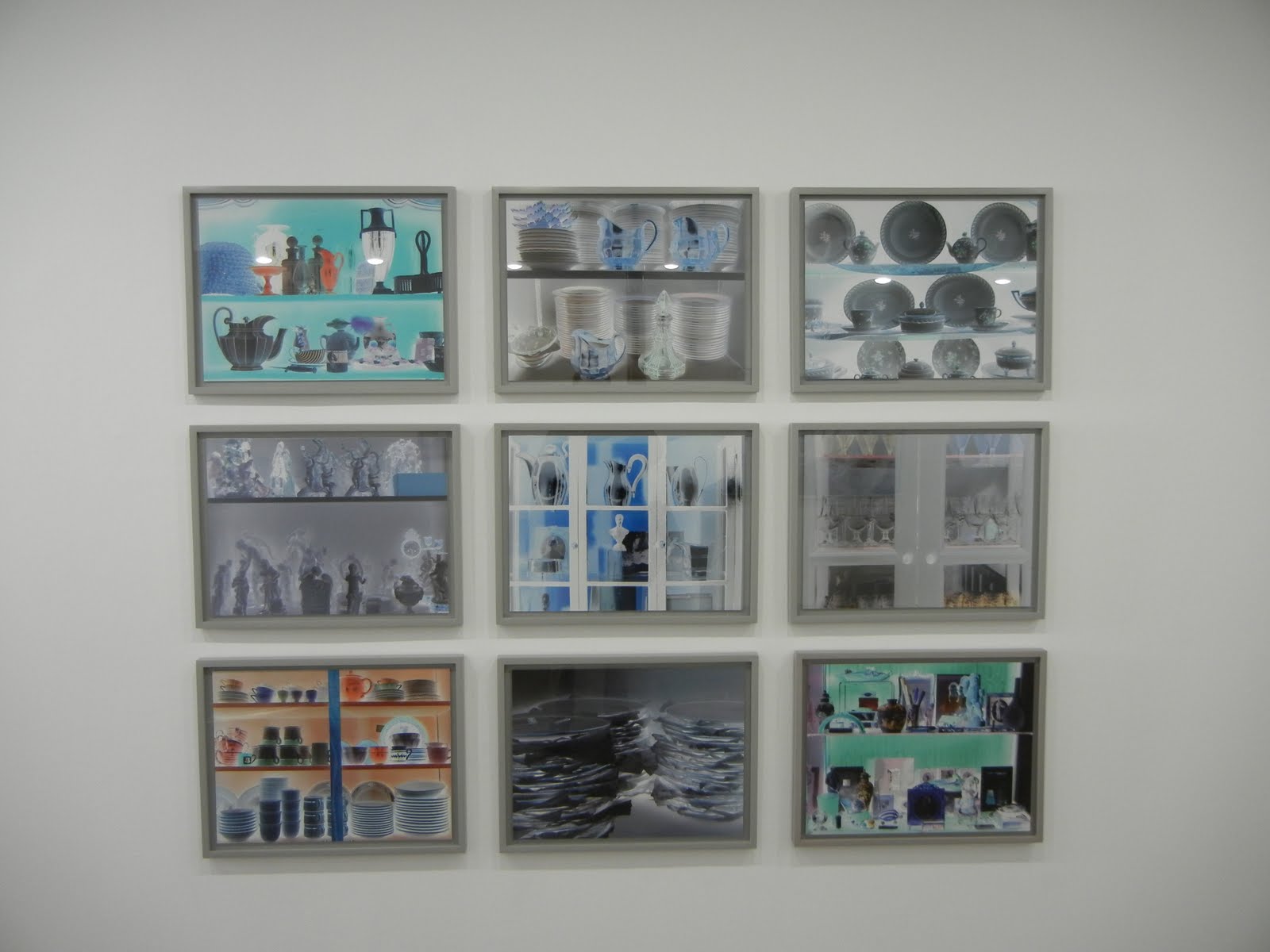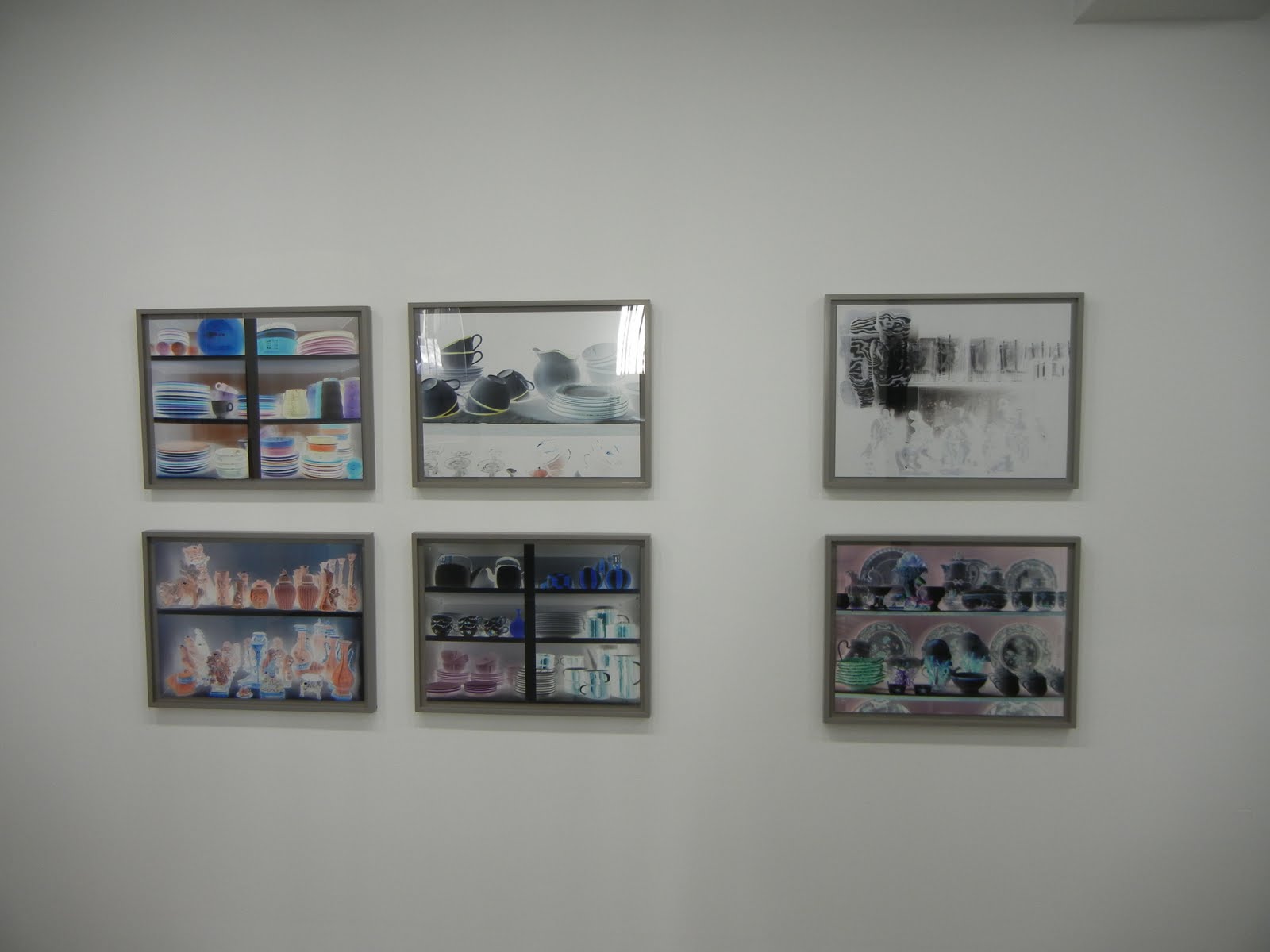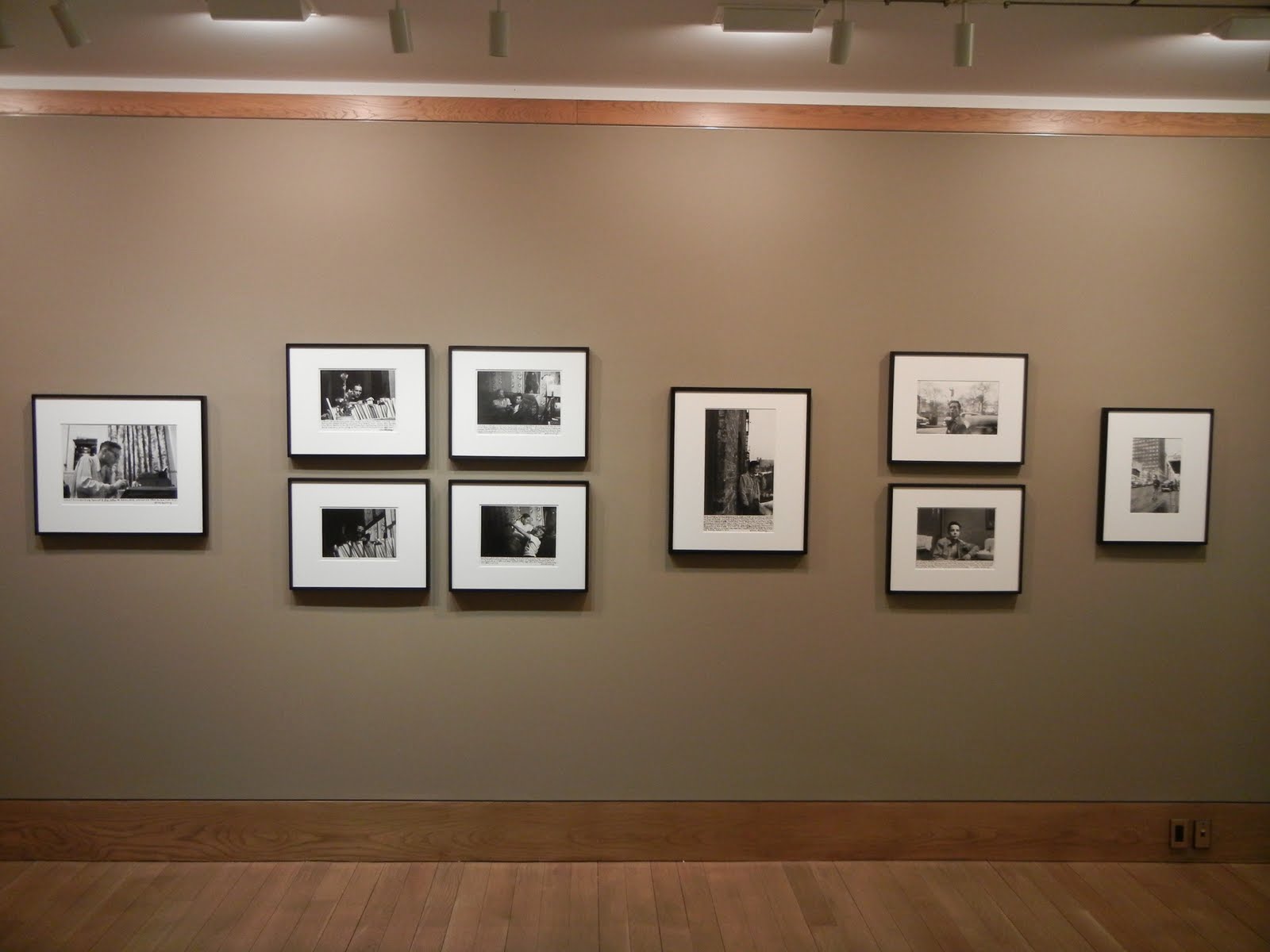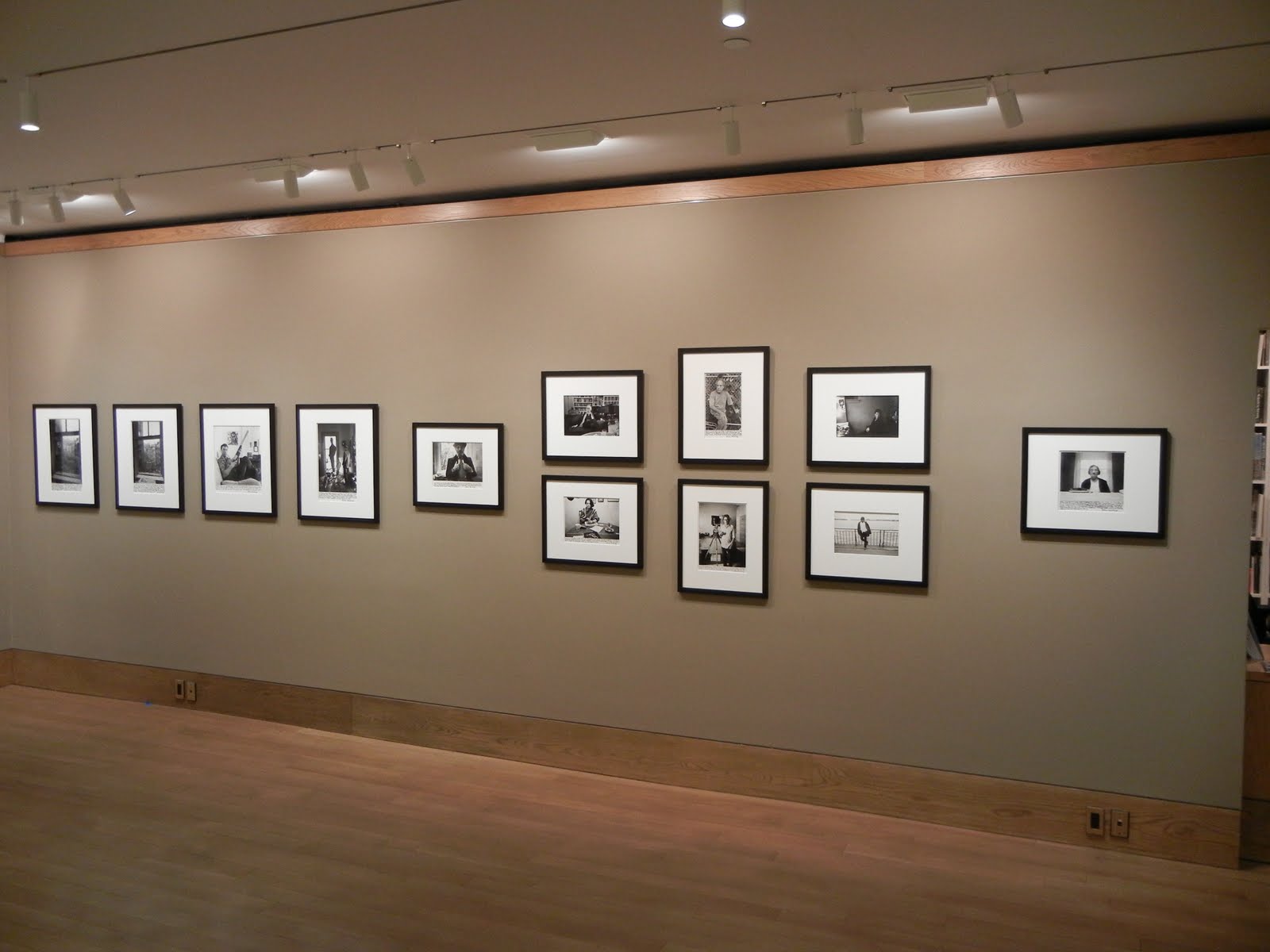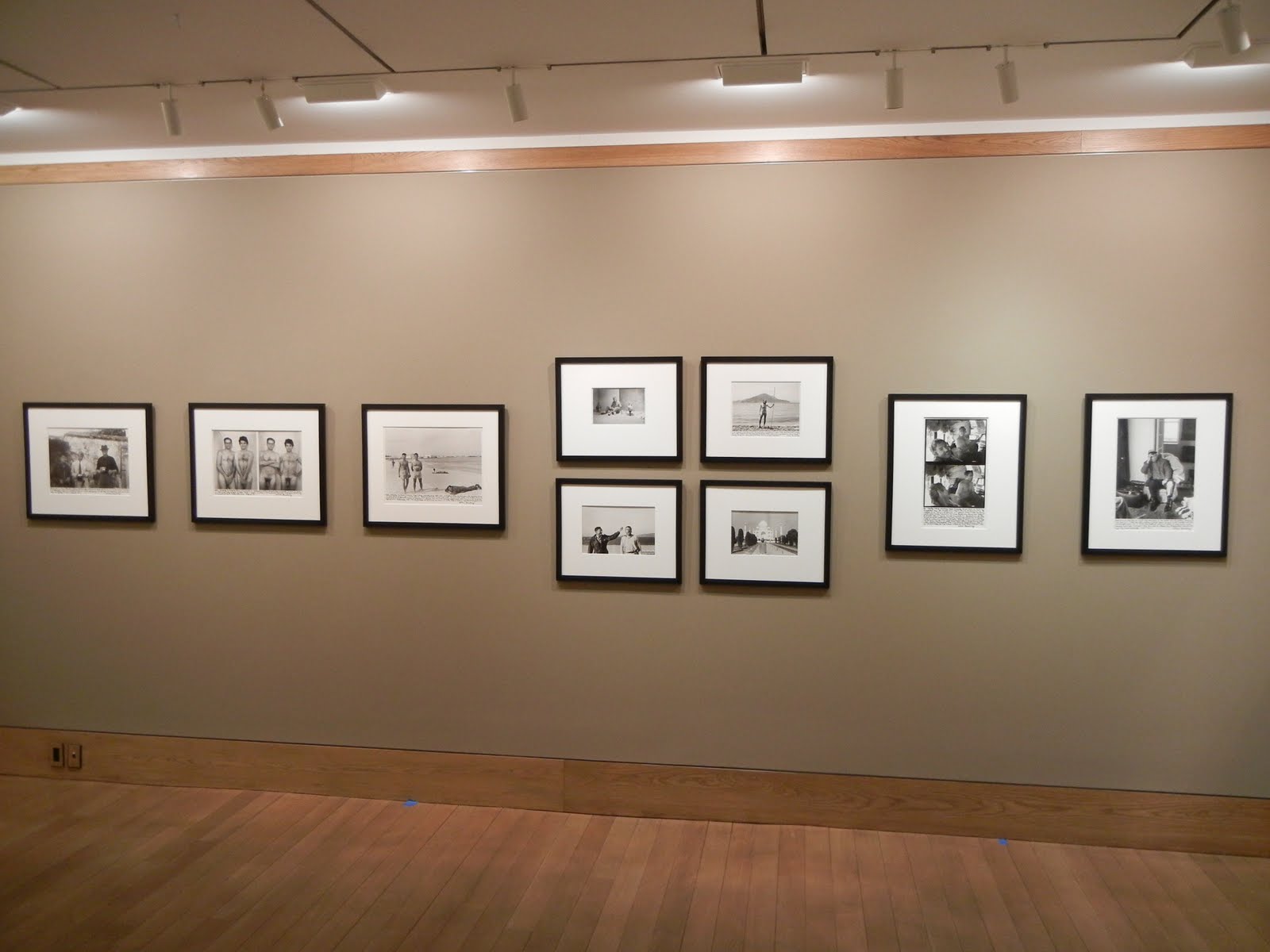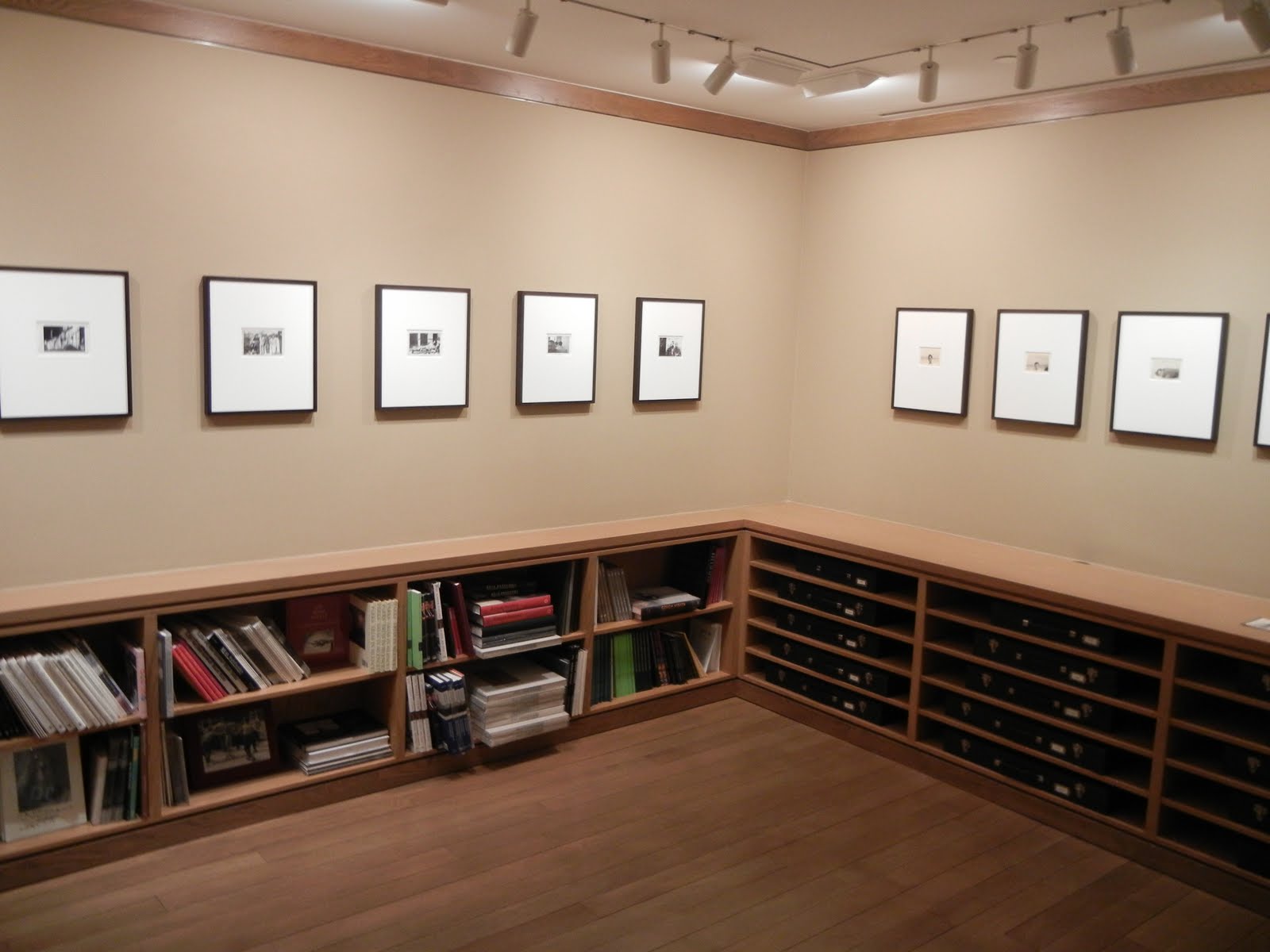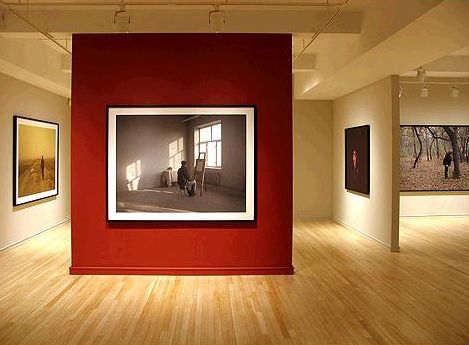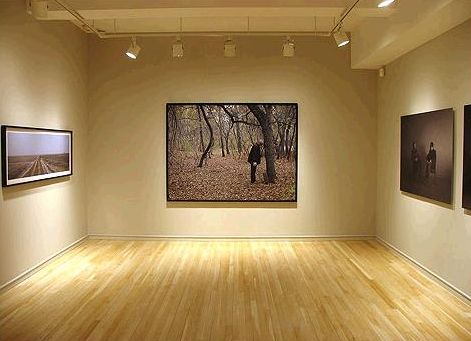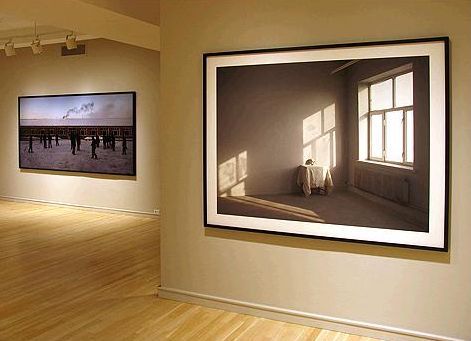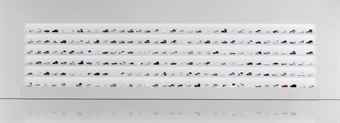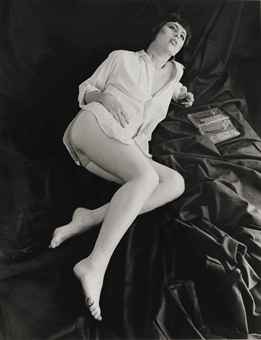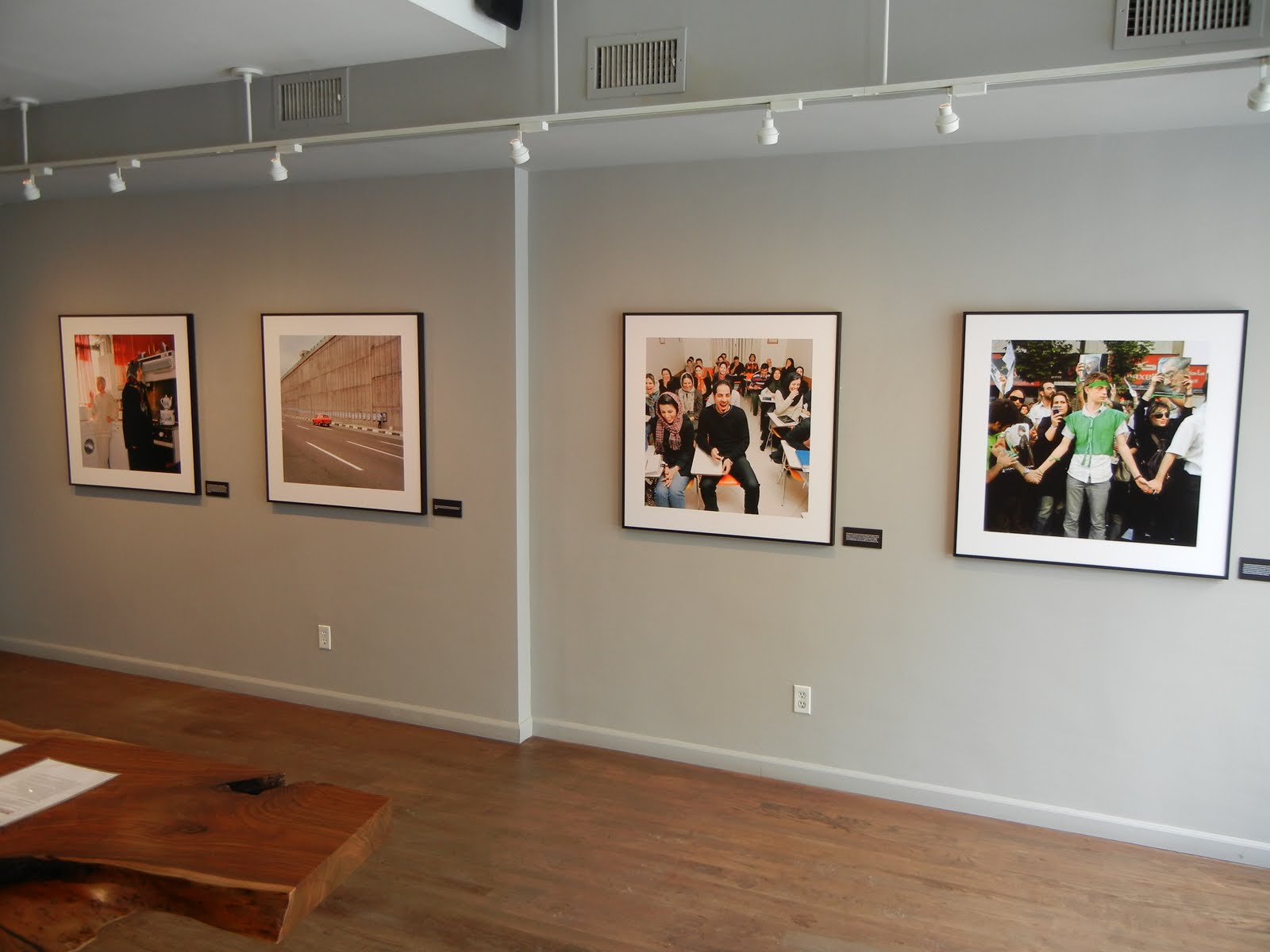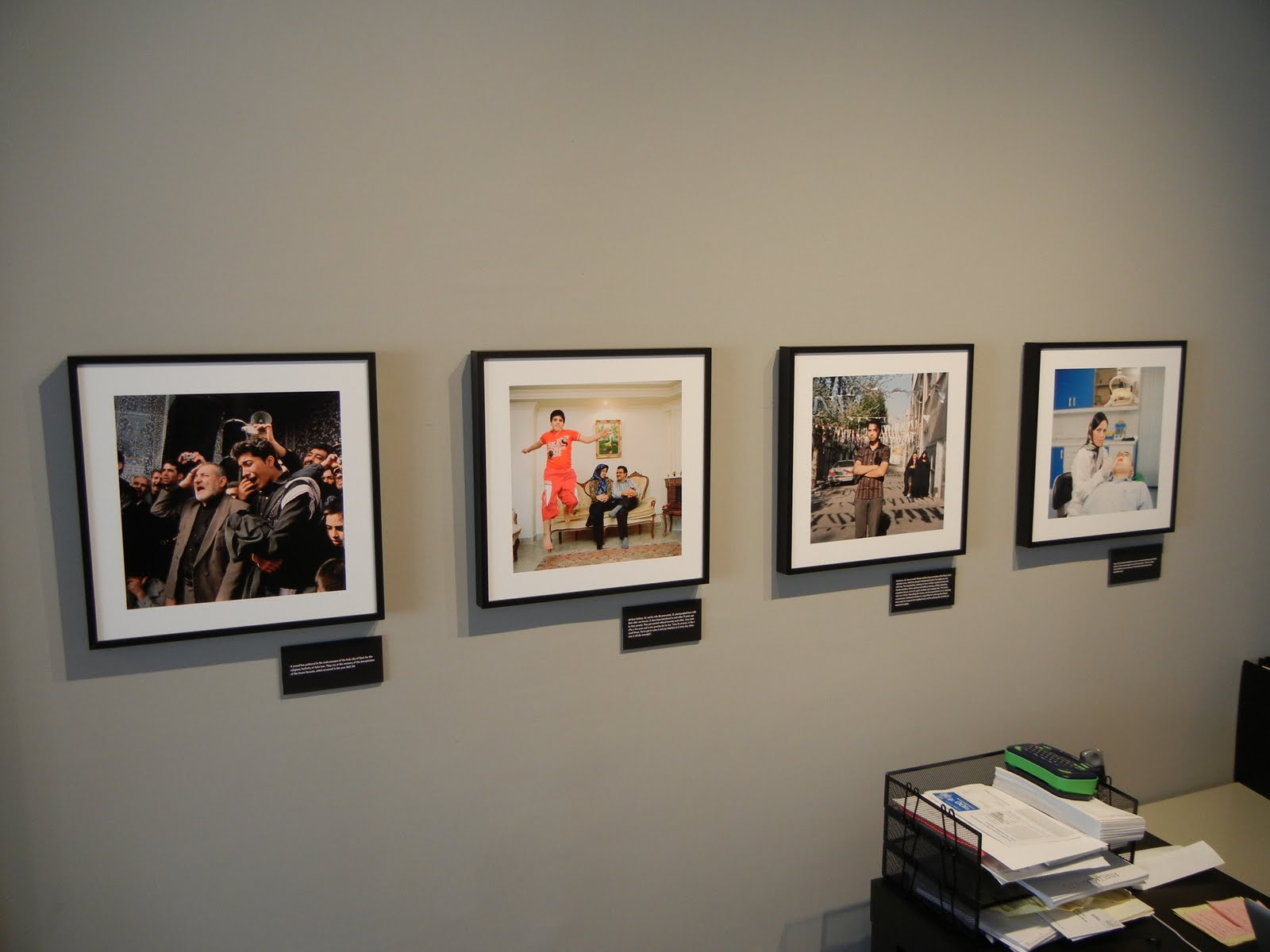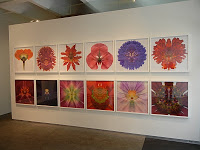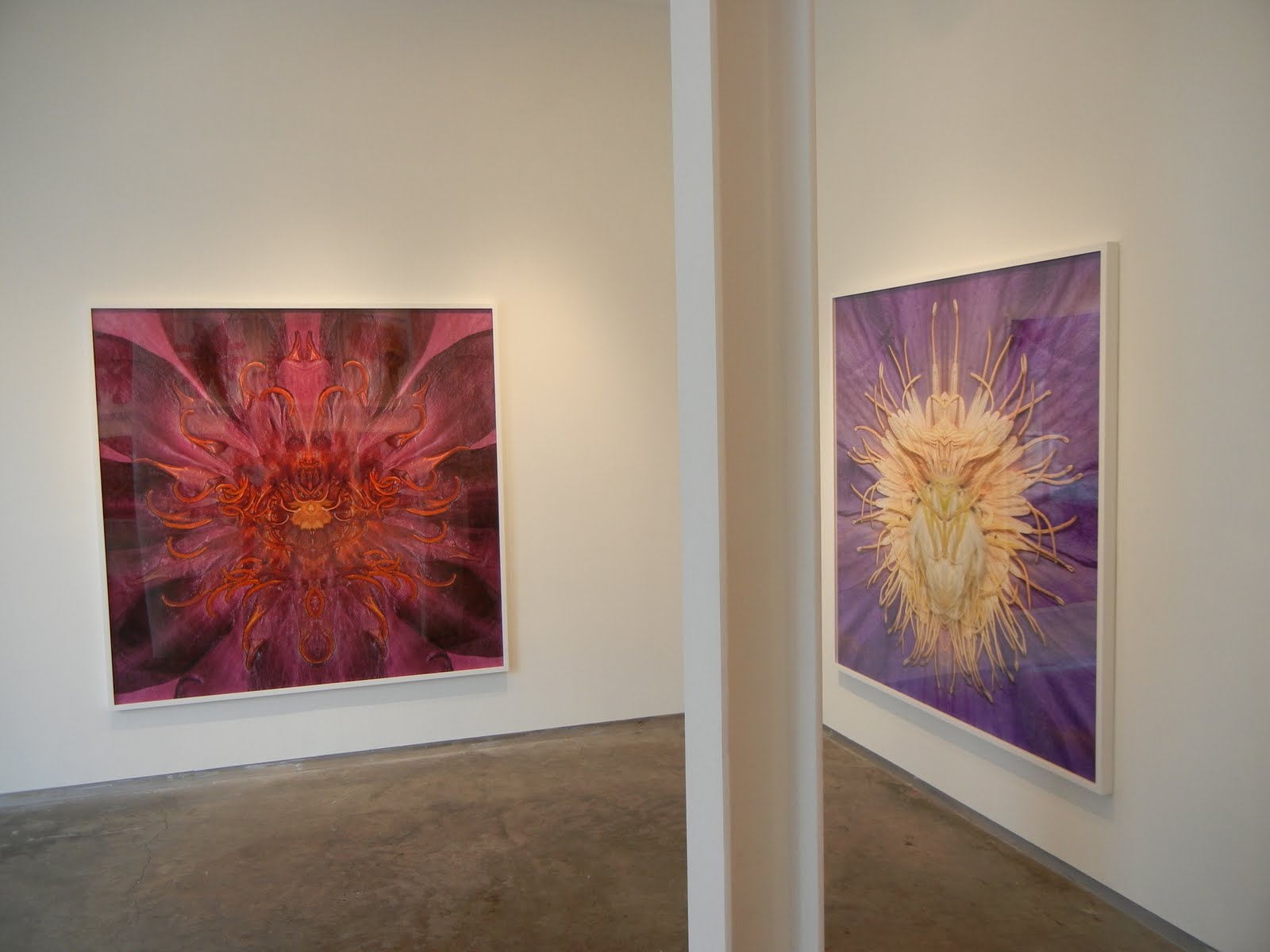 JTF (just the facts): A total of 26 color works, framed in white with no mats, and hung in large divided gallery space. All of the works are archival pigment prints, made between 1997 and 2008. Physical dimensions range between 32×40 and 32×50, and each image is printed in an edition of 15+2AP. The photographs were made on assignment for W magazine, in Paris, New York, Cairo, Havana, Los Angeles, Bangkok, and Sao Paulo. A monograph of all 11 commissions has recently been published by Freedman Damiani (here). (Installation shots at right.)
JTF (just the facts): A total of 26 color works, framed in white with no mats, and hung in large divided gallery space. All of the works are archival pigment prints, made between 1997 and 2008. Physical dimensions range between 32×40 and 32×50, and each image is printed in an edition of 15+2AP. The photographs were made on assignment for W magazine, in Paris, New York, Cairo, Havana, Los Angeles, Bangkok, and Sao Paulo. A monograph of all 11 commissions has recently been published by Freedman Damiani (here). (Installation shots at right.)
Comments/Context: Coming into this show, I will freely admit that I brought along a healthy dose of blunt skepticism. The fashion photographs on display were made by diCorcia over the past decade on commission for W magazine, and having not seen them before (I’m not a W subscriber), I assumed they would be the normal kind of sell-out we often see, where commerce trumps art and the results are less than inspiring. In a photographic year that has so far been generally unremarkable, I am happy to report that these pictures entirely undermined my expectations. I think this is the first photography show of the year that is truly worth a special trip to see, if only because it so consistently defies the standard fashion photography framework.
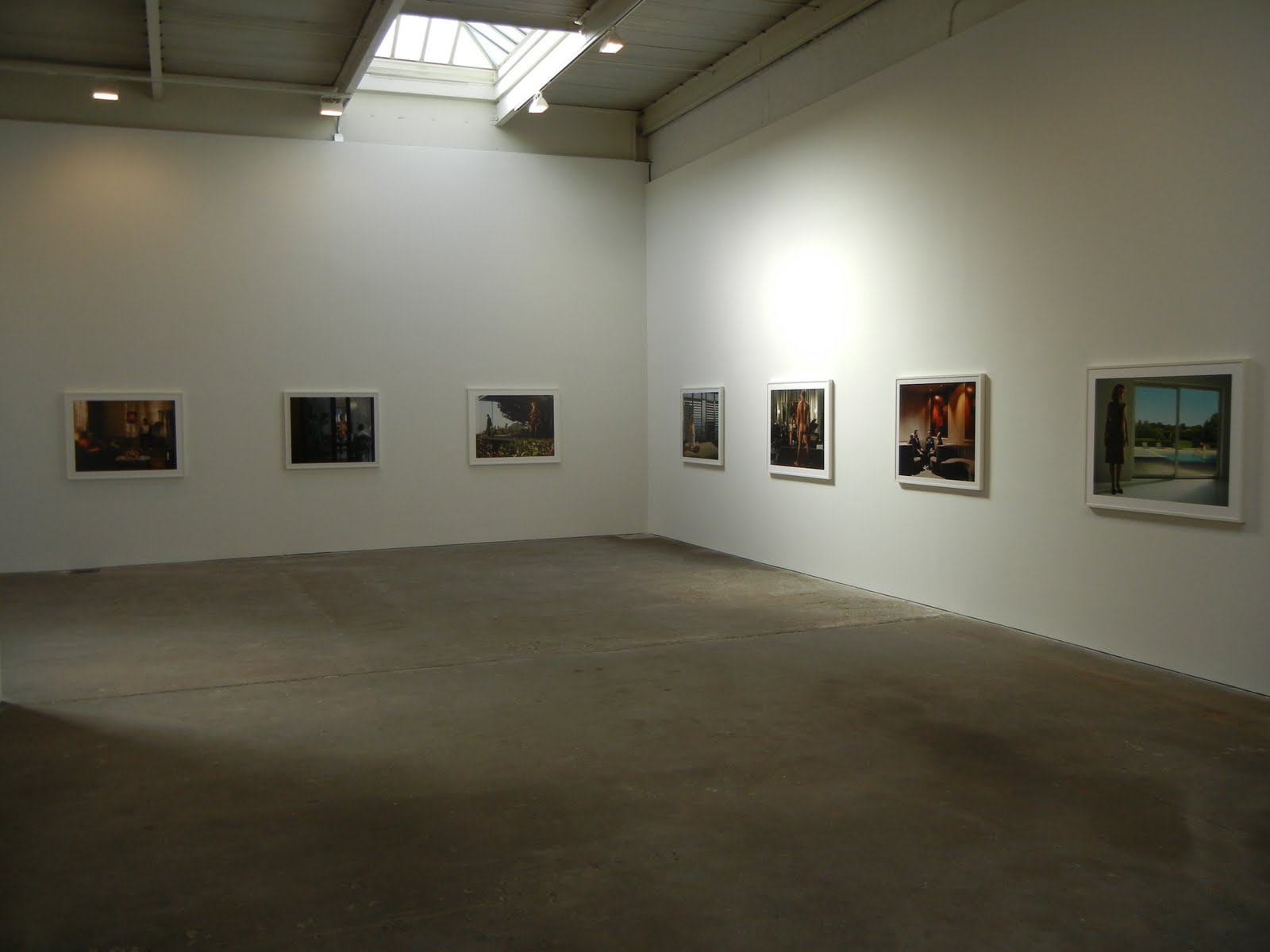 DiCorcia’s careful staging of seemingly authentic scenes is by now entirely familiar to most collectors I would guess. What is different here is that he has broken down the walls of the fashion genre and mashed up his uncertain atmospheric narratives with traditional clothing-centric sales shots. In his pictures, the fashions have been placed in the context of a specific moment or life; they no longer stick out front-and-center to be pawed and gawked at – instead they have been muted, as though just one minor detail in the setting of a larger story (often in some exotic locale). As such, these photographs look like “diCorcias” rather than ads; sure, there are some stylish people here and there, but they are incidental to the larger theater taking place.
DiCorcia’s careful staging of seemingly authentic scenes is by now entirely familiar to most collectors I would guess. What is different here is that he has broken down the walls of the fashion genre and mashed up his uncertain atmospheric narratives with traditional clothing-centric sales shots. In his pictures, the fashions have been placed in the context of a specific moment or life; they no longer stick out front-and-center to be pawed and gawked at – instead they have been muted, as though just one minor detail in the setting of a larger story (often in some exotic locale). As such, these photographs look like “diCorcias” rather than ads; sure, there are some stylish people here and there, but they are incidental to the larger theater taking place.
What I found most engrossing about these images is how uncertain they are. Nearly every work is a multiplicity of situations and perspectives in one frame, as though the complex action was paused for just a second. Gestures, stances, and glances give us clues to the relationships, but the layers are ultimately disconnected and unknowable, and we are left to fill in the gaps with our own conjectures. A naked man stands in a glass shower stall on display in the middle of a fancy New York apartment, a young woman poses ringside watching a kickboxing match in Bangkok, a headscarfed young woman in Cairo looks at a natural history exhibit of flamingos while a nearby man looks away, a bride stands on a ladder adjusting the elaborate light fixtures in an otherwise nondescript ballroom, a young woman sits in a chair while three chorus girls with chandelier headdresses stand nearby. What is going on in these pictures? Every single image in this show has this uneasy ambiguity, a light touch of sophistication and glamour mixed into silent cinematic stills. Again and again, we see women standing powerfully, while men, children, and other random people provide a carefully orchestrated backdrop open to interpretation. But diCorica has avoided the wild flights of fancy and crazy over-the-top scenes that have become a fashion photography cliche; his staged situations stand right on the edge of seeming truth and something slightly off kilter.
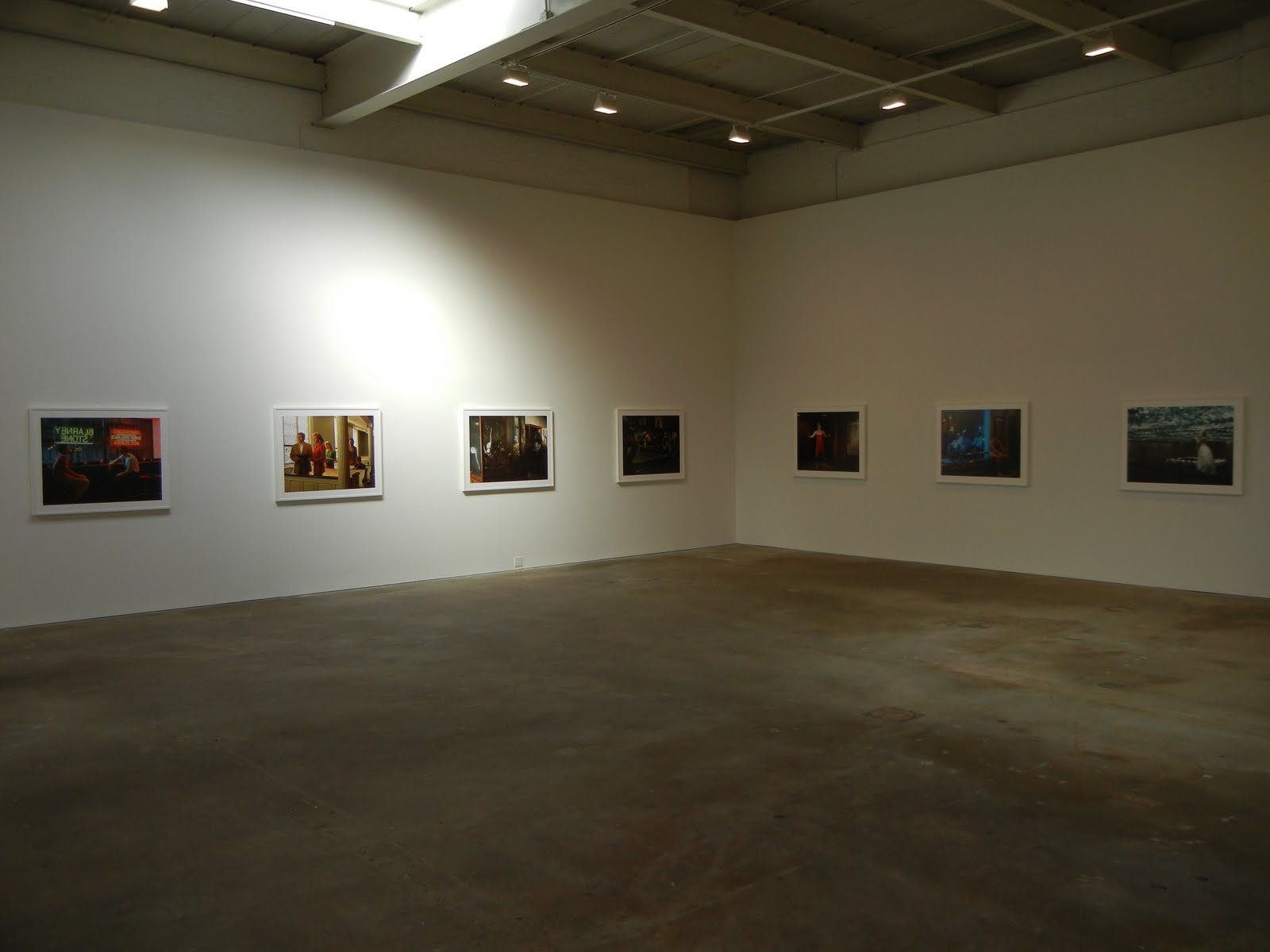 I guess what impressed and surprised me most about this body of work is how stubbornly diCorcia retained his own artistic voice in these commissions. The works on view consistently bear his hallmarks, and quite a few are strong, memorable compositions that will stand well with the best of his many other projects and series from his long career. All in, these pictures were FAR better and more nuanced than I expected they would be, and as such, they kicked me out of a deep rut of thinking that normally undervalues commissioned work.
I guess what impressed and surprised me most about this body of work is how stubbornly diCorcia retained his own artistic voice in these commissions. The works on view consistently bear his hallmarks, and quite a few are strong, memorable compositions that will stand well with the best of his many other projects and series from his long career. All in, these pictures were FAR better and more nuanced than I expected they would be, and as such, they kicked me out of a deep rut of thinking that normally undervalues commissioned work.
Collector’s POV: The prints in this show are priced at $30000 each. DiCorcia’s work is widely available at auction, with recent secondary market prices ranging between $5000 and $72000, with a sweet spot between $10000 and $25000.
While I can say that I liked quite a few images in this show, my favorite was W, September 1997, #5, 1997; while it’s not easy to see, it’s the image in the center of the top installation shot. I like the way the red brick wall bisects the picture plane, with one story (a guy washing his car with a power sprayer) on one side and another (a young woman dressed in black on the street near a pawn shop) on the other. The two stories are unrelated, but somehow ambiguously connected.
Rating: *** (three stars) EXCELLENT (rating system described here)
Transit Hub:
Philip-Lorca diCorcia: ELEVEN
Through March 5th
David Zwirner
525 West 19th Street
New York, NY 10011

